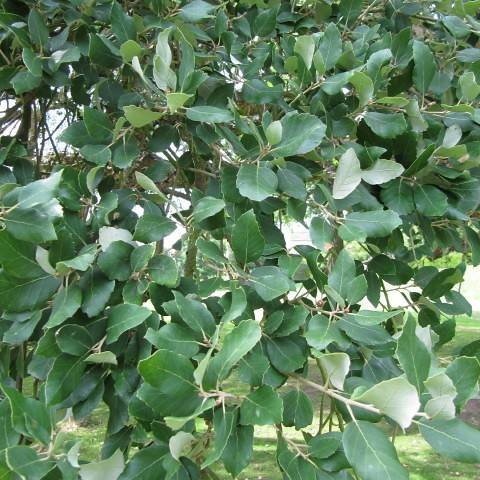
Chinese cork oak
Quercus variabilis
Cycle:
Perennial
Watering:
Minimum
Hardiness Zone:
5 - 7
Flowers:
Flowers
Sun:
Full sun
Fruits:
Fruits Ready In
Leaf:
Yes
Growth Rate:
Low
Maintenance:
Low
Salt Tolerant:
Yes
Care Level:
Medium
watering
Chinese cork oak should be watered about once a week. Depending on the temperature and soil type, the watering may need to be slightly more or less frequent. In hotter climates or during the summer months, the soil should be checked more regularly. If the top inch of soil is dry to the touch, it should be watered thoroughly. In cooler climates or during the winter months, the soil should be checked for moisture once every 2 weeks. Once the top inch of soil is dry, the Chinese cork oak should receive a deep watering that is long enough to reach the roots.
sunlight
Chinese cork oak, or Quercus variabilis, prefers full sun and needs roughly 8 hours of direct sunlight each day for best growth. This is generally during the peak of daylight hours, when the sun is at its strongest. During very hot summer months, some partial shade may be beneficial. Placement of the tree in a south or west facing orientation can also maximize the amount of direct sunlight that the tree receives.
pruning
Chinese cork oak (Quercus variabilis) should be pruned in late winter or early spring, when the plant is still in its dormant state. Pruning should involve both thinning and shaping, removing dead, diseased, or otherwise damaged branches. It’s important to use sharp, clean pruning shears to limit stress to the tree and to avoid spreading disease. Leave most branches intact, with only thinning and shaping to keep the tree healthy and aesthetically pleasing. When pruning, aim to remove no more than 1/4 of the tree’s canopy, or 10-20% of the foliage. Pruning too much can stress the tree and stunt growth.
